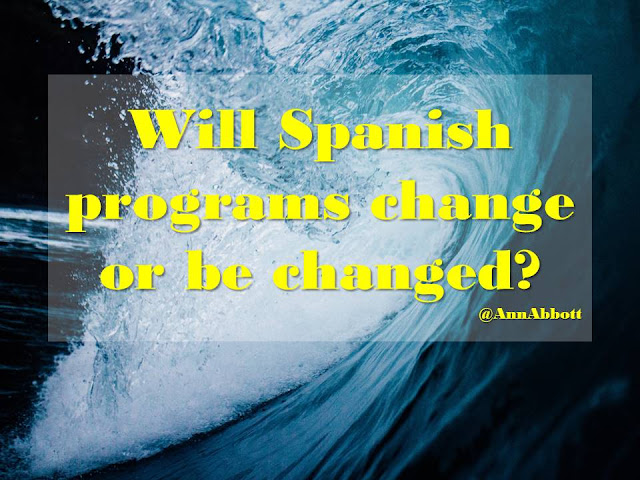Student Reflection

by Araceli Pérez Ya he estado participando en el programa de Abriendo Caminos por varias semanas y puedo decir con confianza que me ha encantado la experiencia hasta ahora. He tenido la oportunidad de trabajar con los niños, que he disfrutado mucho porque planeo ser maestra en el futuro. También he podido participar en las clases que toman el grupo de control. Me ha gustado mucho participar en estas clases porque me ofrecen la oportunidad de conversar con las madres de familia. Algo que me pareció muy interesante fue la conversación que tuvimos cuando hablamos del tema de las finanzas. Muchas de las madres hispanas confesaron no saber mucho de cómo manejar el dinero. Esto no me sorprendió mucho porque yo vengo de una familia hispana y sé que ellos también tienen mucha dificultad manejando el dinero y sus finanzas, Todo esto me llevó a la conclusión que deberían de haber muchos más recursos e información sobre el dinero para las familias hispanas que no hablan inglés...








